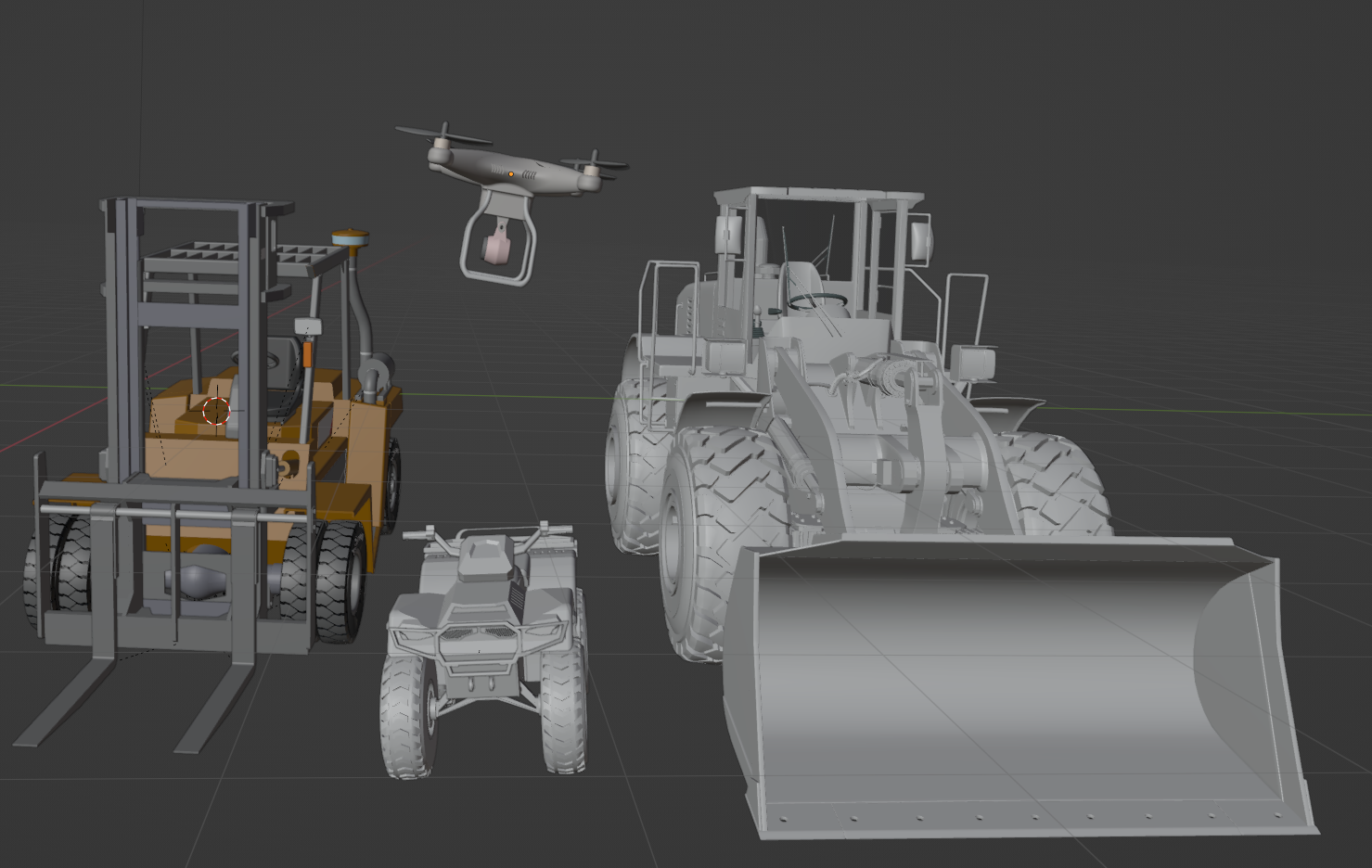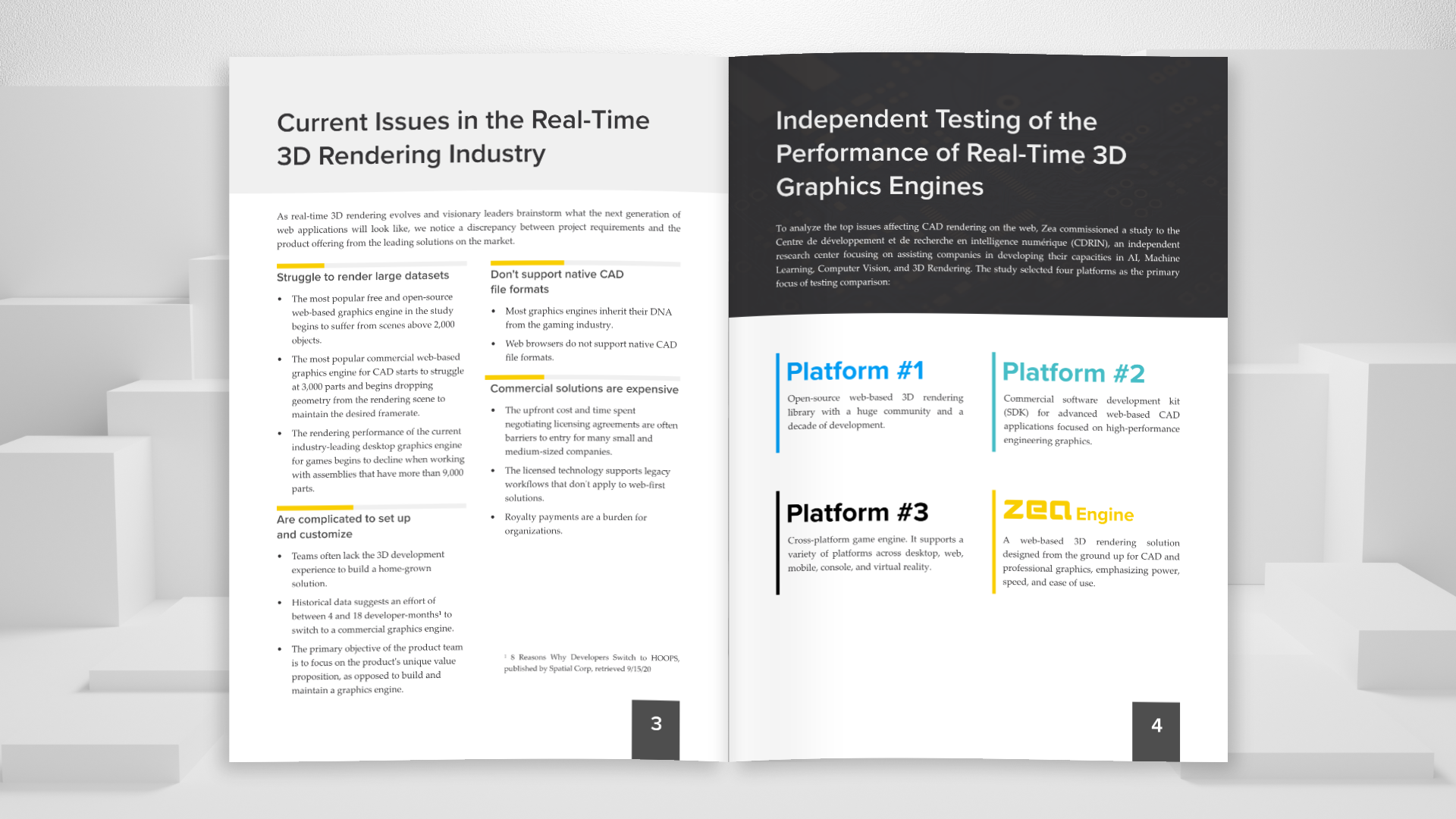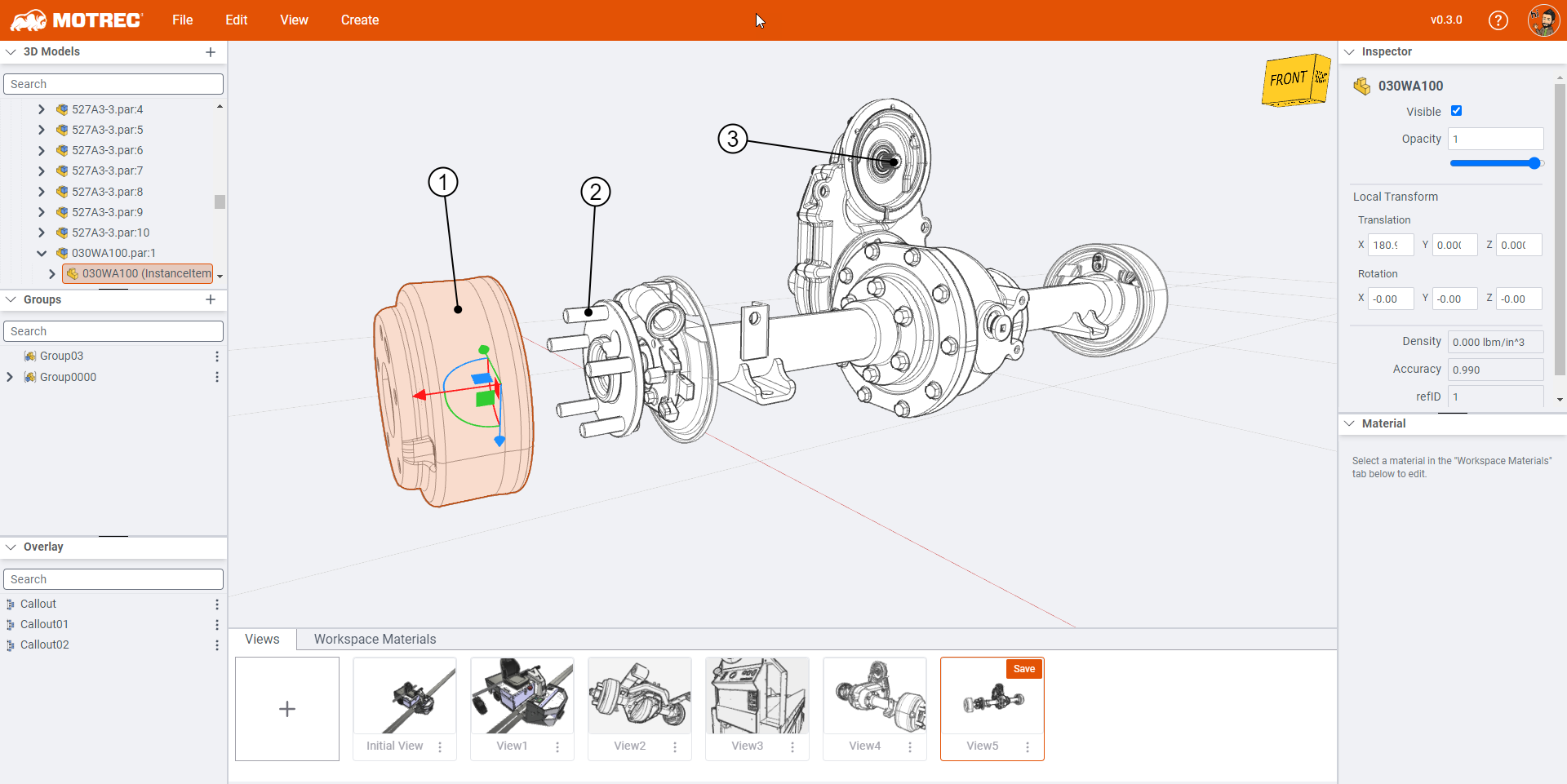Best 3D CAD Rendering Software in 2021- Zea Inc.
Zea provides a next-generation 3D web platform to leverage CAD assemblies for downstream applications such as PLM applications, technical...
3 min read
Michael Smith
:
Mon, Nov 15, '21
Interactive online learning with 3D CAD models is when you reuse the 3D CAD model from engineering to create rich and realistic 3D interactive eLearning content. It enables the learner to take apart the model, spin it around, get inside it, and be directed towards critical need-to-know information in context. It also enables a new type of assessment where learners have to perform a series of actions according to a predefined sequence and specifications.
Everywhere we look we see examples of how digital twins are becoming a part of our everyday lives. We have some good news if you’re involved in creating technical eLearning modules for a manufacturer! The past 20 years have seen significant increases in design and manufacturing efficiency, and finally, after-sales stakeholders are being empowered by new web-based 3D visualization technology, like Zea Engine, to leverage that same 3D for truly interactive online learning.
In this blog post, I’m going to share some thoughts on using 3D CAD models in interactive eLearning modules. It’s a topic I hold dear to my heart as I spent many years deeply involved in technical training.
One problem with eLearning for a technical audience is that more often than not, learners don’t actually want to take the course. The result is that they speed through it which misses the point. Learners in technical training are field technicians who need to get their hands dirty to feel like they’re working, eLearning just doesn’t feel real.
See the difference for yourself in this post from 2019.
Fact: interactive 3D improves learner retention. Not to mention that the process to create 2D eLearning just doesn’t make any sense when your assets are already 3D models. I’ve created those assets and signed the POs for others to create the assets, it’s no secret that it’s an expensive process. Furthermore, learners want hands-on courses, but they’re even more expensive to create and operate. In a nutshell, students want their training to resemble what they see on the job. Interactive 3D or VR is as hands-on as you can get, without being hands-on.
Once you make the jump to web-based 3D you’ve made the first step toward an extended reality platform for your eLearning solution. Publishing in a 3D format on the web enables you to offer virtual reality and augmented reality options for your learning through powerful and standardized frameworks like WebXR.
Zea Engine is designed with these modern web frameworks in mind and enables you to deliver 3D content in a mixed reality environment.
Live demo of our Master Cylinder here.
Zea is pushing the limits of 3D performance on the web. Work with us to power your interactive 3D eLearning and extend your support for vehicle manufacturers.
Schedule a Demo with me here to learn more about 3d eLearning.
Yes, our 3D graphics engine SDK is free for non-commercial use. Developers can also use our open-source Svelte template and our open-source glTF Loader to get started for free. We have a whole ecosystem of free and open-source plugins for Zea Engine.
We can’t give everything away and still feed our kids, so we monetize commercial applications and when we optimize CAD files for the web. There might not always be a glTF model available for the CAD file you need, that’s why we created Zea Cloud, which is a simple subscription-based service to optimize 3D CAD files for the web.
Let’s say that you’re an eLearning software provider like Articulate or a service provider like PulseLearning and your client, Nissan, would like to create a technical product eLearning course that re-uses its 3D CAD models. It sounds like you would need PulseLearning’s Virtual Task Trainer (VTT). Sounds like a solved problem right?
Wrong!
We benchmarked the performance of web-based 3D graphics engines and published the results in this report. Assuming a modern vehicle is made up of 25,000 individual parts, Nissan would only be able to expose learners to 12% of the vehicle at once if using any other graphics engine.
Working together, we can power the next generation of online learning for truly immersive and interactive training. Zea enables blazing-fast performance with the world’s largest 3D models delivered to any device, including VR, over the web. No plugins, extensions, or downloads!
Do you think you can re-assemble the master cylinder?
TIP: this demo works best in VR or with a mouse, check out this link if you’re stuck.
The trend for higher-quality, immersive, and interactive eLearning isn’t going away. Major advances in web technology and a focus on 3D CAD mean that creating interactive 3D eLearning courses at scale and delivering them over the web to thousands of users is more accessible than ever. If your current, expensive, hands-on training program is only capable of reaching a few hundred learners a year while your network is made up of thousands, it’s time to invest in a new medium to reach your audience.

Zea provides a next-generation 3D web platform to leverage CAD assemblies for downstream applications such as PLM applications, technical...

Why is it important to optimize CAD files for the web and what is the difference between a graphics engine designed for games VS one designed for...

So, you're a 3D CAD pro and you're probably thinking, "Why would I need an app like Zea to create 3D illustrations?" Well, let's break it down. We're...